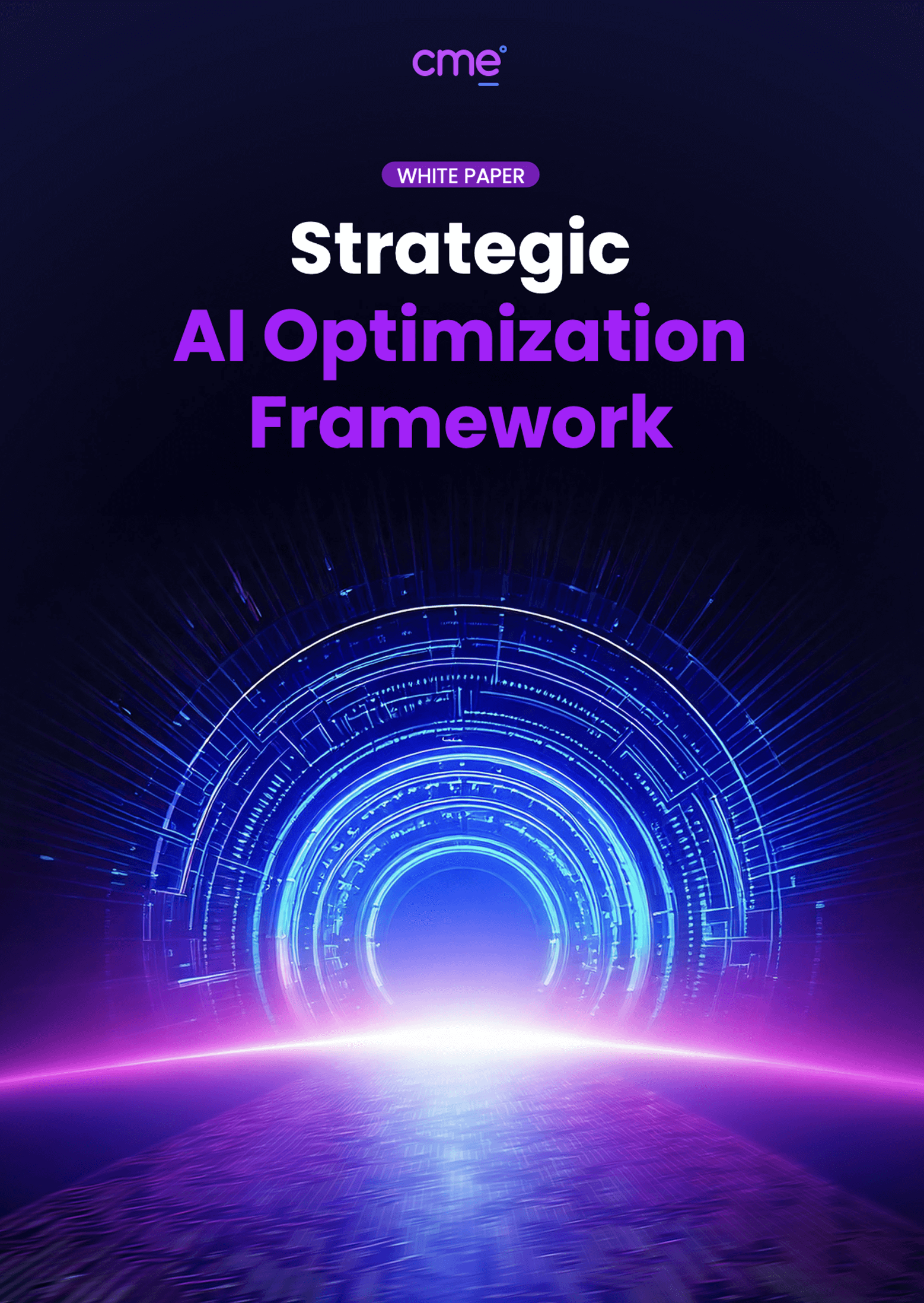Saving Lives By Cutting Reporting From 1 Month To 1 Hour
Data & Analytics
Saving Lives By Cutting Reporting From 1 Month To 1 Hour
- Client: A leading safety and well-being solutions provider for schools in the U.S.
-
Industry: Education/Schools Safety
-
Solution: Custom dashboard for Behavioral Threat Assessment (BTA) data visualization
-
Timeline: 6 months
-
Outcome: Cut reporting time from 1 month to 1 hour, AI-optimized data structure
The Challenge
Our client needed to modernize how they accessed and generated reports using Behavioral Threat Assessment (BTA) data to more effectively identify potential threats across U.S. school districts.
While their existing reporting process produced accurate results, it was resource-heavy and slowed down decision-making.
Key pain points
- Multi-team dependency: Generating reports required coordination between product owners, IT, and data engineers.
- Data complexity: BTA cases included interviews, questionnaires, templates, and historical incident data across multiple tables.
- Manual workflows: Dashboards were built manually in Power BI using custom SQL queries.
- Delayed impact: Even a single report could take up to a month to produce.
- Limited agility: Admins couldn’t explore new questions or trends on their own.
As the demand for timely, data-driven safety decisions grew, so did the need for a streamlined, self-service solution; one that could simplify reporting today and ensure futureproofing through AI-readiness.
The Solution
We delivered a self-service analytics dashboard that gave school administrators direct access to real-time insights with no technical support required.
The foundation of the solution was a data architecture built for speed, scale, simplicity, and adaptability.
How we addressed the data challenge:
- Custom ETL pipeline: We centralized complex BTA data, including templates, questions, answers, and case logs, into a single, analytics-ready table that support downstream machine learning use.
- High-performance backend: Data got pre-processed and optimized for fast querying and instant dashboard rendering.
- Forward-looking structure: The data model supports new templates and case types, without major rework, and is designed to scale with future AI applications.
What the platform delivers
- Self-service dashboards: Users can build, edit, and explore reports independently and surface granular insights that support smarter interventions and future predictive modeling.
- AI-native data layer: Clean, structured, and centralized data enables machine learning models for predictive analytics, behavioral risk scoring, and intelligent alerting/recommendation.
- Dynamic filtering: Slice data by question, answer, template, case type, or timeframe.
- Multiple chart types: Visualize insights using line, bar, and pie charts.
- Clean UX: Built-in pagination maintains smooth performance, even with large numbers of charts.
By reducing reporting time from one month to one hour, the platform helps school leaders act faster, explore trends more freely, and make better-informed safety decisions.
Key Outcomes
- 1 month → 1 hour: Report generation time dropped from weeks to minutes.
- AI-ready data foundation: Unified threat data is now ready for integration with AI models.
- Full self-service: Admins now build and explore dashboards without involving IT or data teams.
- Informed decision-making: School leaders use real-time insights to shape policies, increase monitoring, and take early action.
- High user adoption: Strong positive feedback from both the client and its school district customers.
- Scalable foundation: The architecture is ready to support additional schools, templates, or reporting layers.
- Real-world impact: The system supports early detection of potential threats, making schools safer and potentially saving lives.
More Insights

OPTIMIZE YOUR AI STRATEGY WITH MATHEMATICAL PRECISION
Explore a smarter way to identify, prioritize, and sequence your AI initiatives. With a structured approach grounded in business value, you’ll make faster decisions and see real results sooner.




